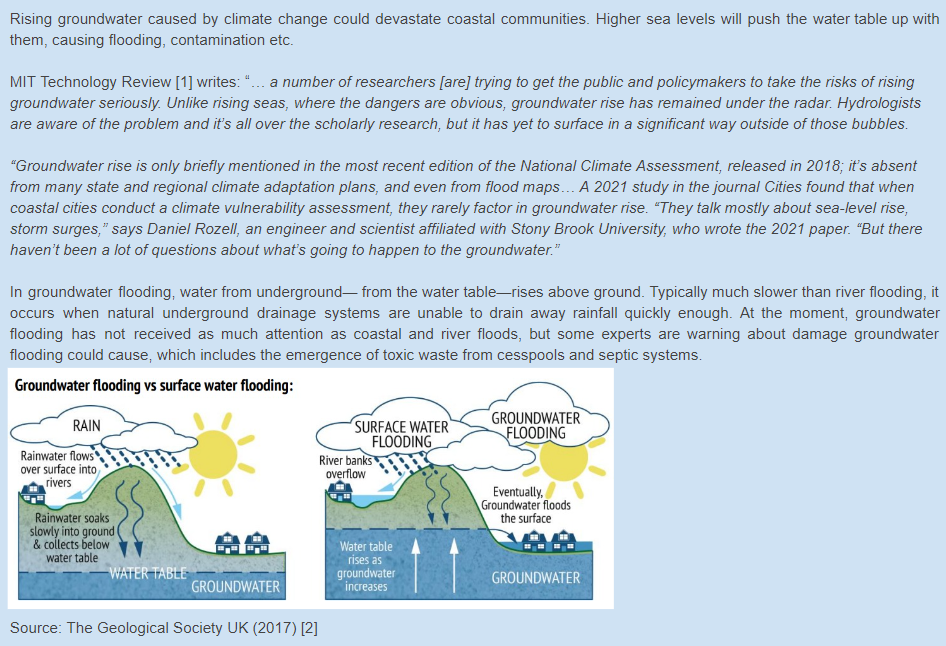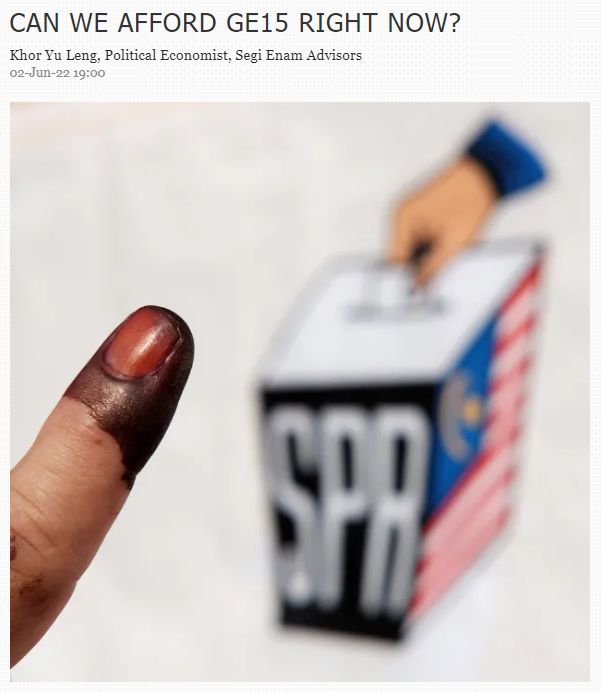Here is a wrap up of the some of the issues PalmTrack covered in Sep 2022:
Malaysia plantation labour issues seem to be escalating. There is now worrying talk about destination market checks and signs that at-risk suppliers are facing buyer jitters. Indonesia suppliers may gain. This is amidst heightened problems for authorities to deal smoothly with migrant labour recruitment compliant with Indonesia, Bangladesh, and other requirements.
Going by Malaysia’s palm oil production in the last 15 years, it is clear that yield-productivity management is in a major rut, a warning to producers in other countries. The more recent ups-and downs seem to be driven more by the climate cycle of El Niño dry/La Niña wet than anything else, at least at the aggregate level. Read more on PalmTrack.
HCPO or high FFA CPO is the big new trend at palm oil mills. The processing of loose and rejected fruits gives a product with 35-40% FFA that suits HVO and more. But Malaysia’s unfavourable pricing for loose fruit is likely to hinder its supply. Indonesia prices a premium for loose fruits and buyers should see better prospects here. We talked to specialists to find out more.
BOM officially declared a La Niña on 13 Sep 2022. However, the meteorological agency has stated that projections indicate this third dip to be short-lived and is expecting the phenomenon to peter out by early 2023.
The EU Parliament has adopted the proposal on deforestation-free products. The regulation aims to eliminate deforestation in the import supply chain for the EU for several key commodities and products, including palm oil and soy.
Khor Reports’ PalmTrack is an independent research service that tracks palm tanker movements and reports trade of palm products (and shipments, upon request) for selected trade routes. It features a forward-looking market topic and sharp analysis every quarter, e.g. palm biofuels issues & opportunities for Jan–Mar 2022. Subscribe now!










